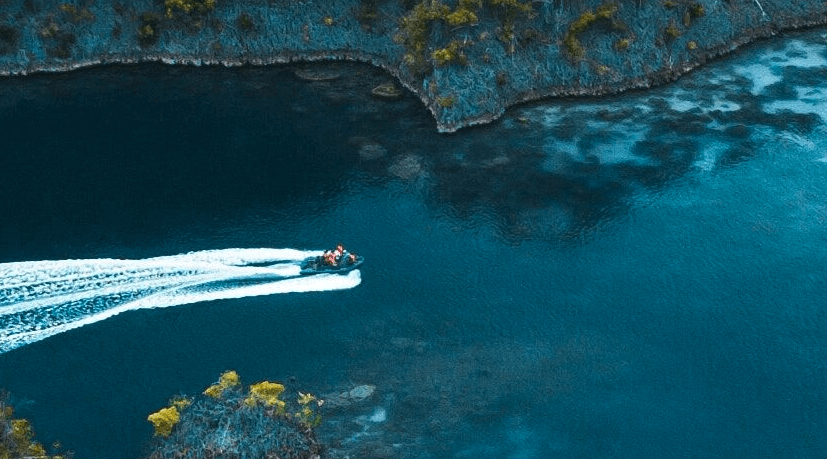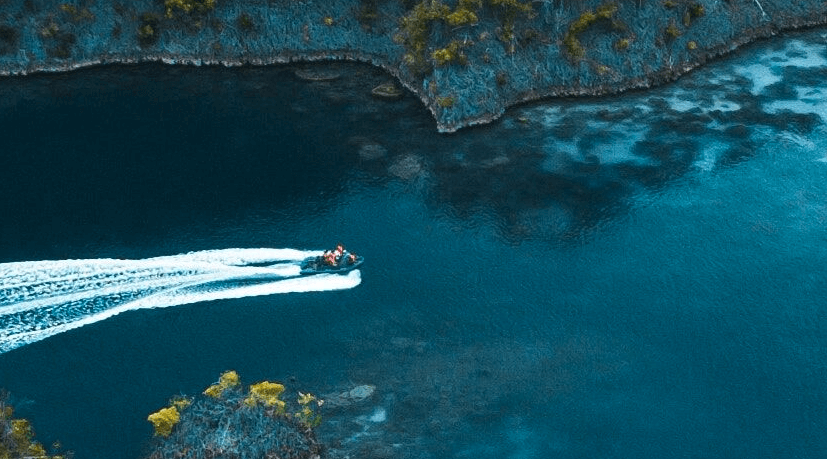Coral Conservation
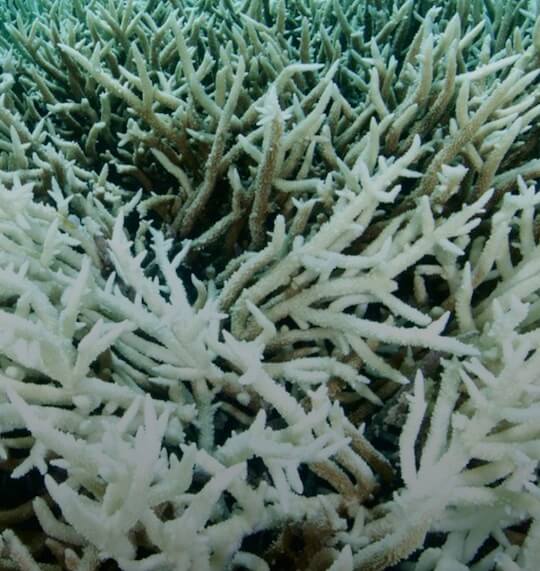
Coral Bleaching
We think of coral reefs as an abundance of color and marine life but they are acutely sensitive to increases in sea temperatures. This causes corals to expel the algae that they live in symbiotic harmony with, and as a result, they change color to white and die, a process called coral bleaching. Around 70% of the world’s coral reefs were badly affected by heat stress during 2014 and 2017.
Clean Oceans
We are now finding micro plastics inside hundreds of species of marine species not to mention large marine animals being found dead having ingested plastic waste. We need to rapidly change our attitude towards waste while we still have a chance to save our oceans.

Education
In places like the coral triangle, education is vitally important so that local communities have the skills necessary to manage their precious marine resources in a way that ensures they can sustain into the future. Access to good education in this part of the world is a really important way to promote awareness of the need for marine conservation in the communities.
Young people, no matter whether they live near coral reefs or not, need to understand the delicate balance of marine life and how our behaviours lead to rising sea temperatures, acidification, and harmful pollutants can all destroy them.
In addition to access to educational opportunities and good teachers, integration of activities such as beach cleanups and field trips in local curriculum are important ways to build awareness of conservation issues for local children.


Food Security
With coral reefs threatened by unsustainable fishing practices as well as warming oceans, food and income security for the 500 million people dependent on coral reefs is a major challenge.
This makes the need for coral conservation, coral recovery where needed and the careful management of fisheries by local communities the crucial aspects of safeguarding marine biodiversity.
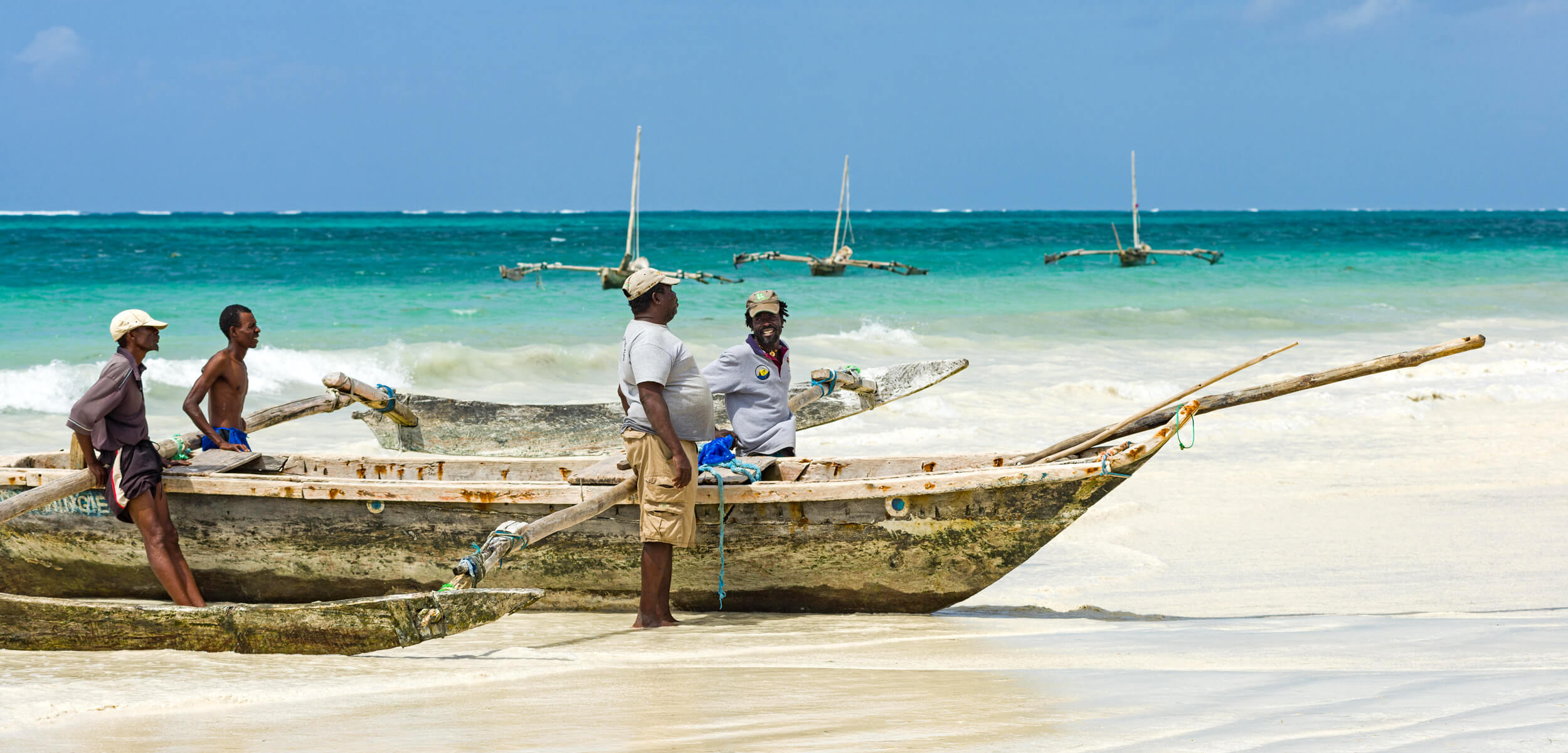
Marine Protected Areas
and effectively managed to protect marine ecosystems, processes, habitats, and species, which can contribute to the restoration and replenishment of resources for social, economic and cultural enrichment. Critical ocean habitats need proper protection if they are to be able to cope with the threats to marine biodiversity.
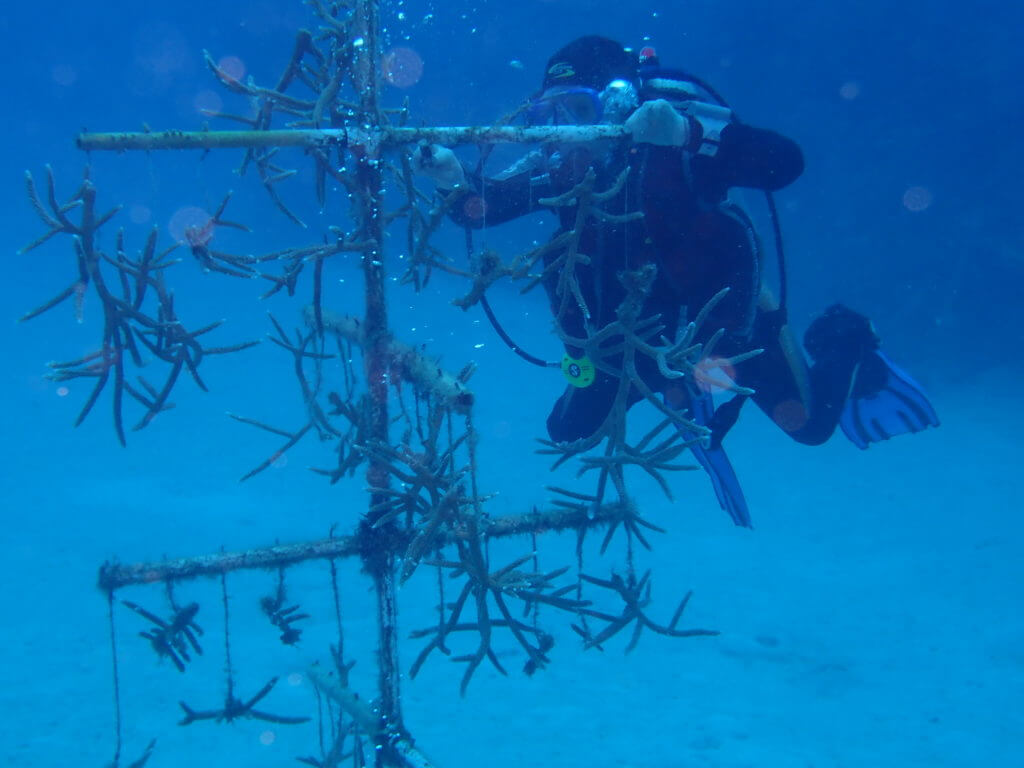
Coral Regeneration
Even in parts of the world where coral reefs have died of have been dramatically reduced, for example due to the major coral bleaching events in 2014 and 2017, there is still hope for recovery. Coral can be grown, just like in plants can be grown in a garden. Healthy cuts of living coral can be taken and arranged on standing structures which, with some luck, are exposed to coral spawning events where fertilized polyps can attach to their structures and grow. Over time, and with some maintenance, to remove build-up of excess algae, these budding coral structures can ultimately be transplanted back on to damaged coral reefs and take hold.
